Photos: Inside a Hospital for California's Stranded Seals and Sea Lions
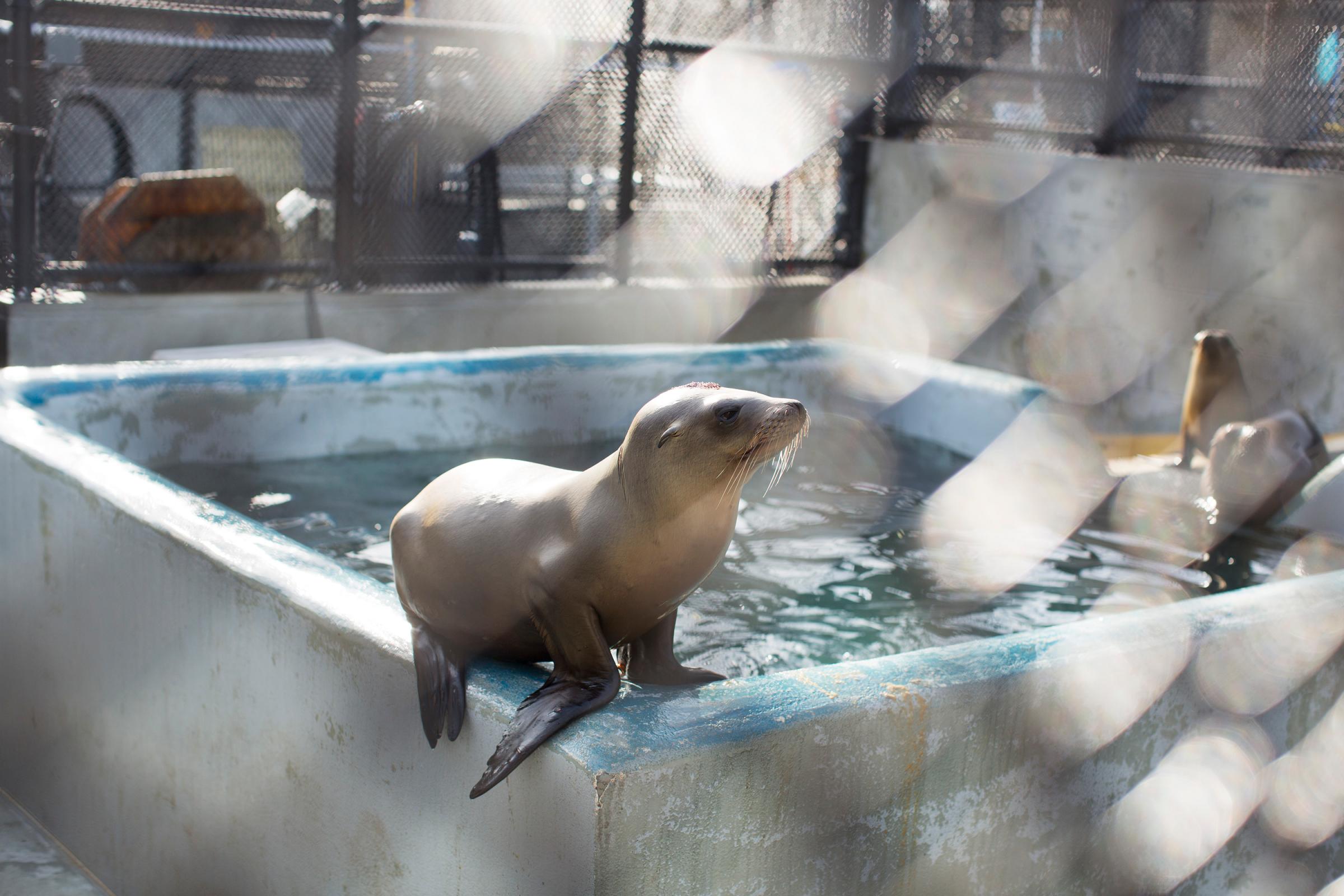
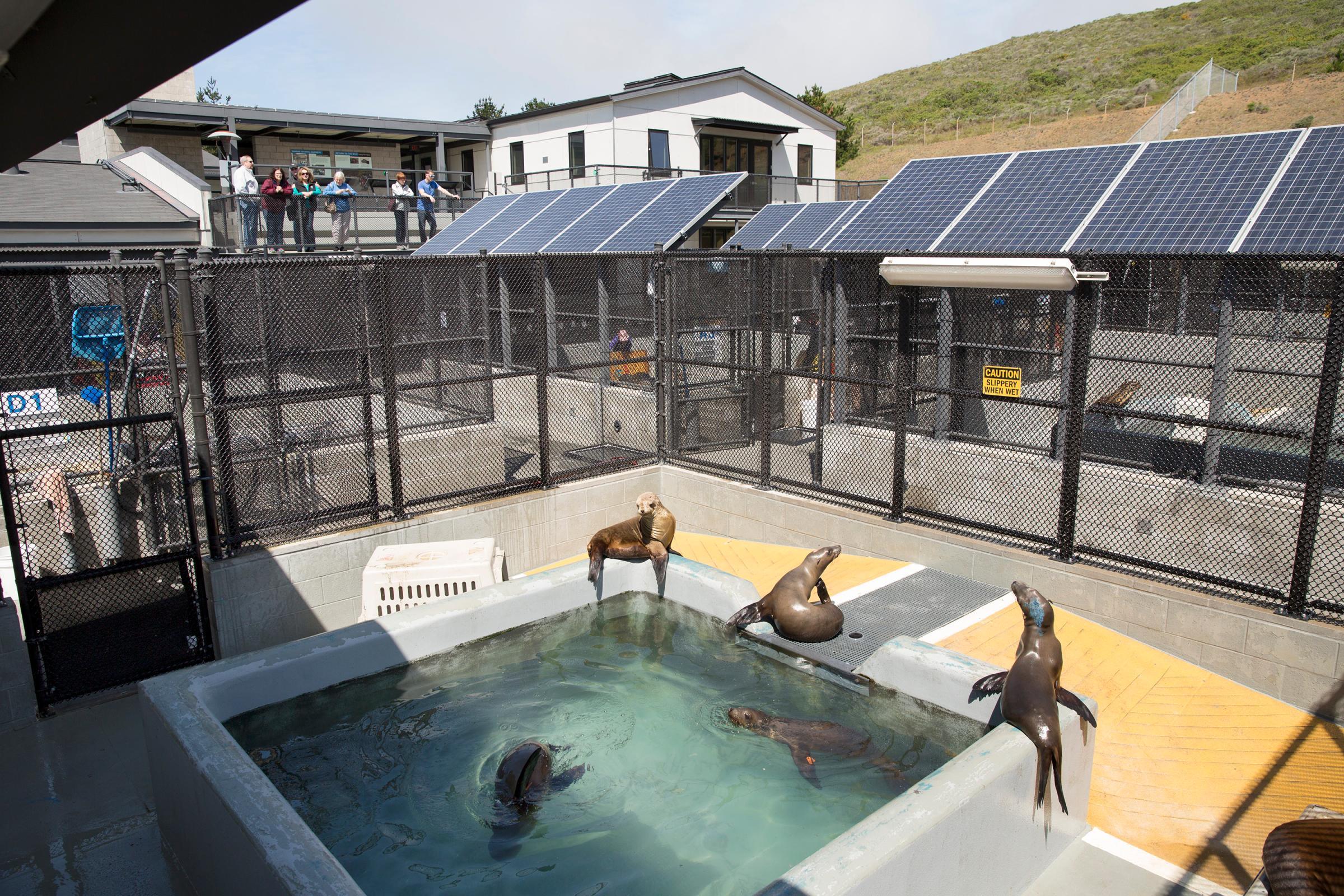

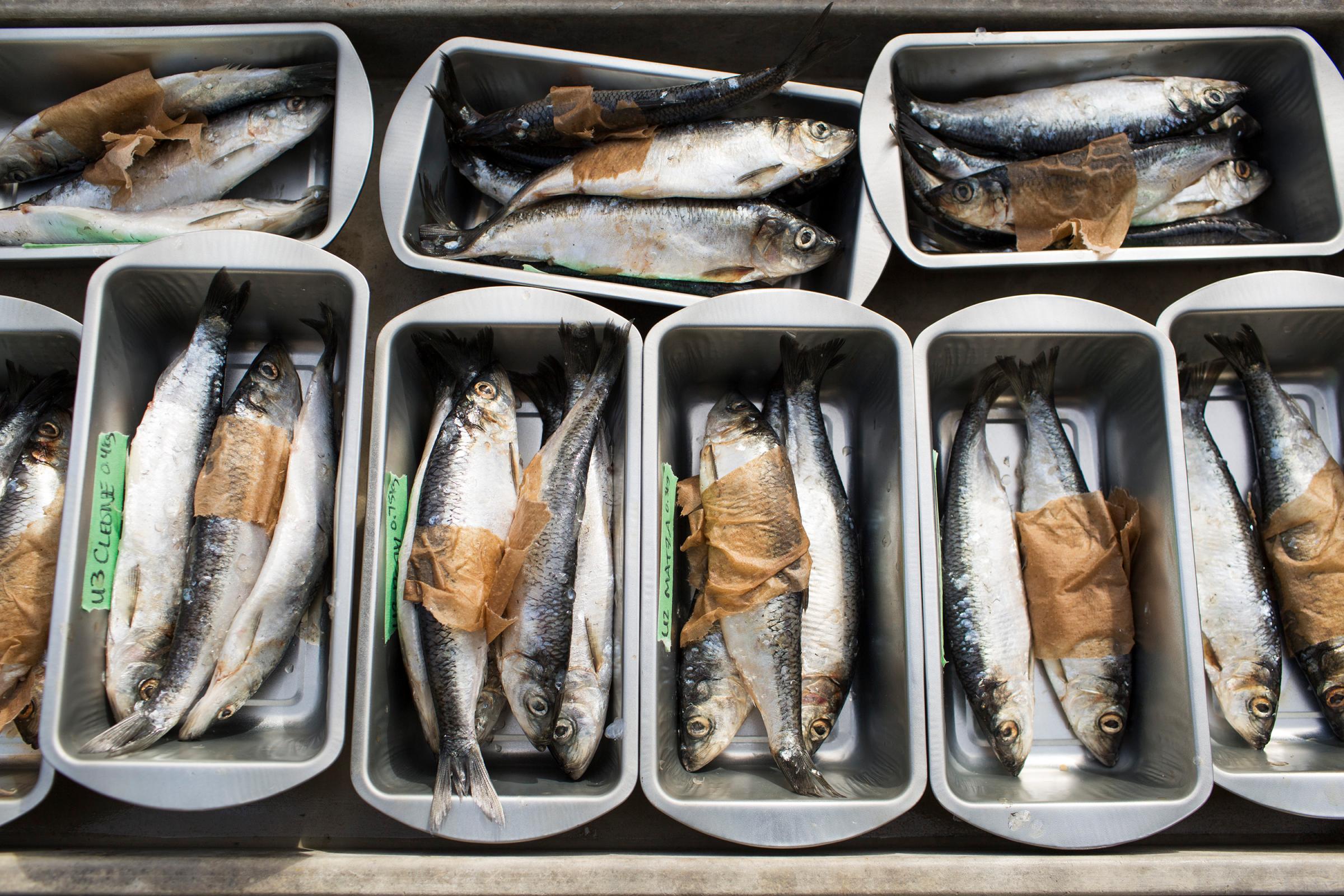
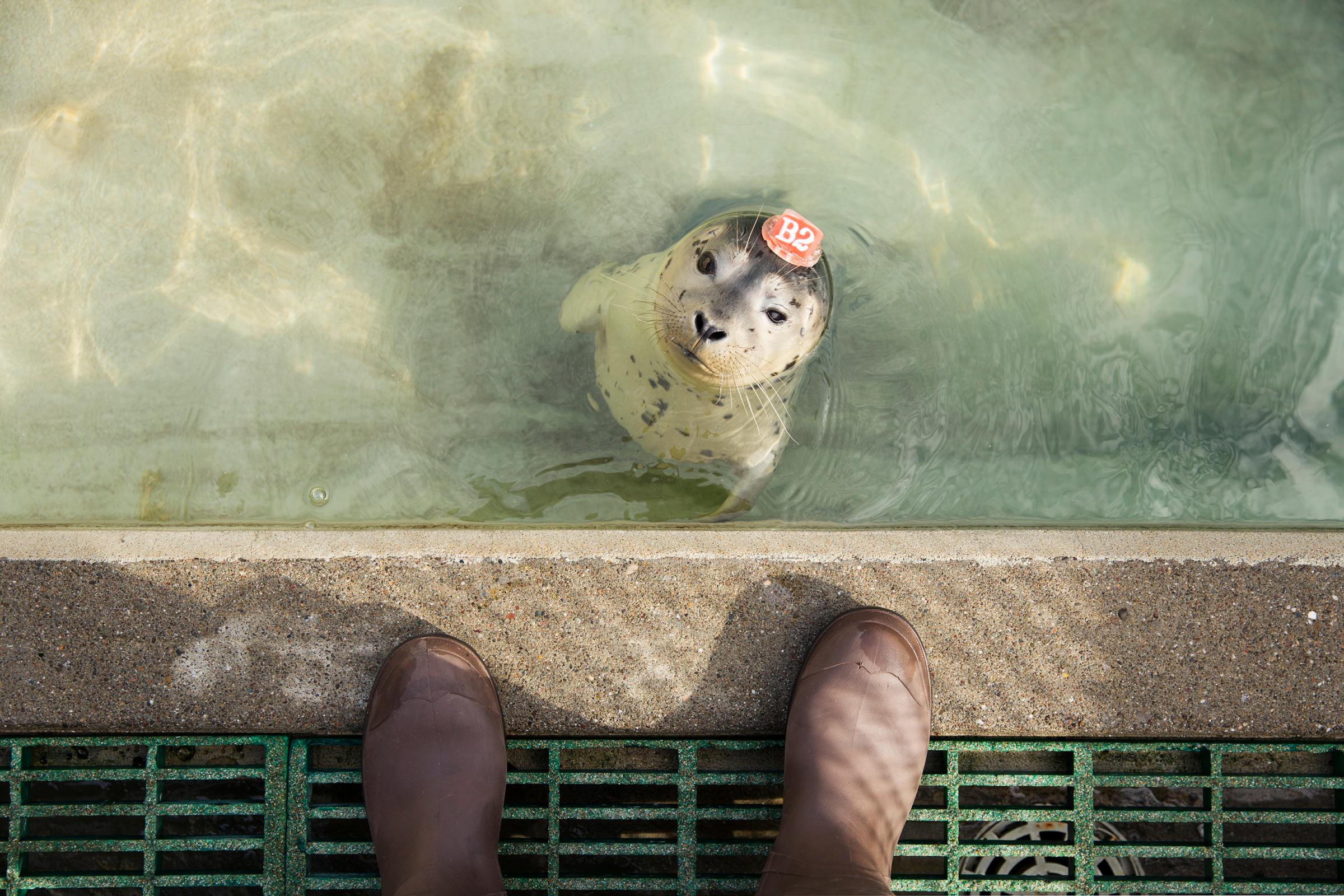
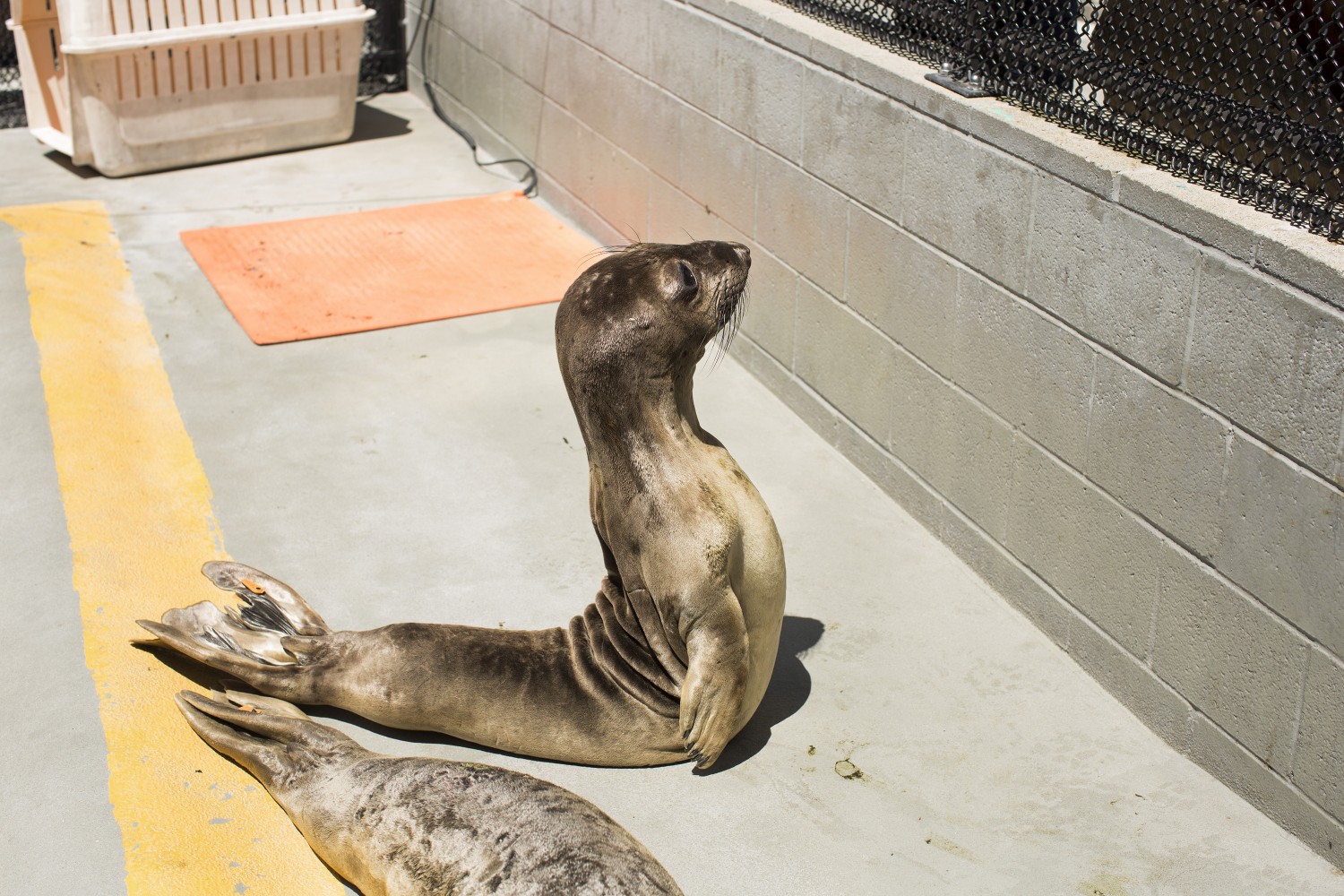
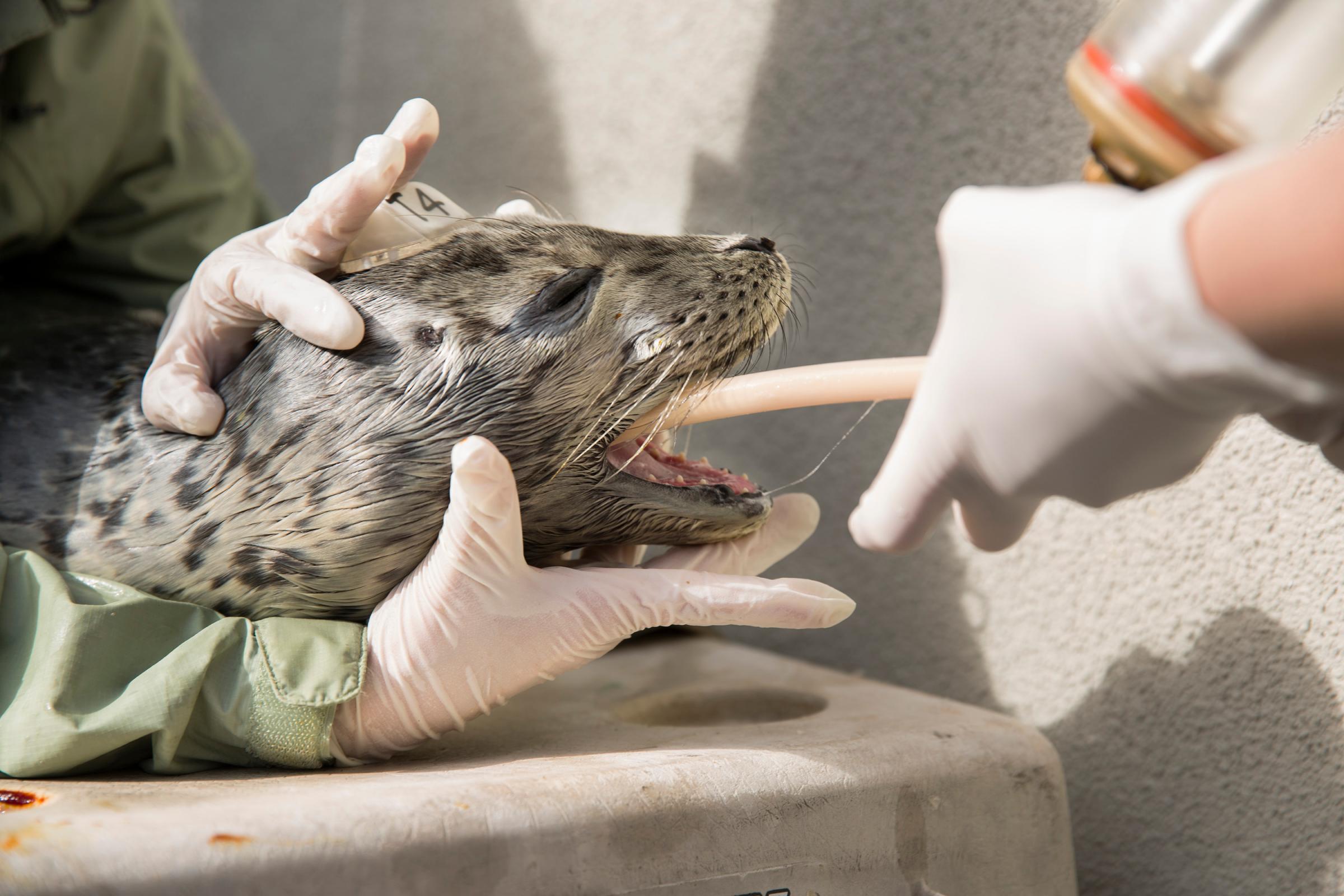
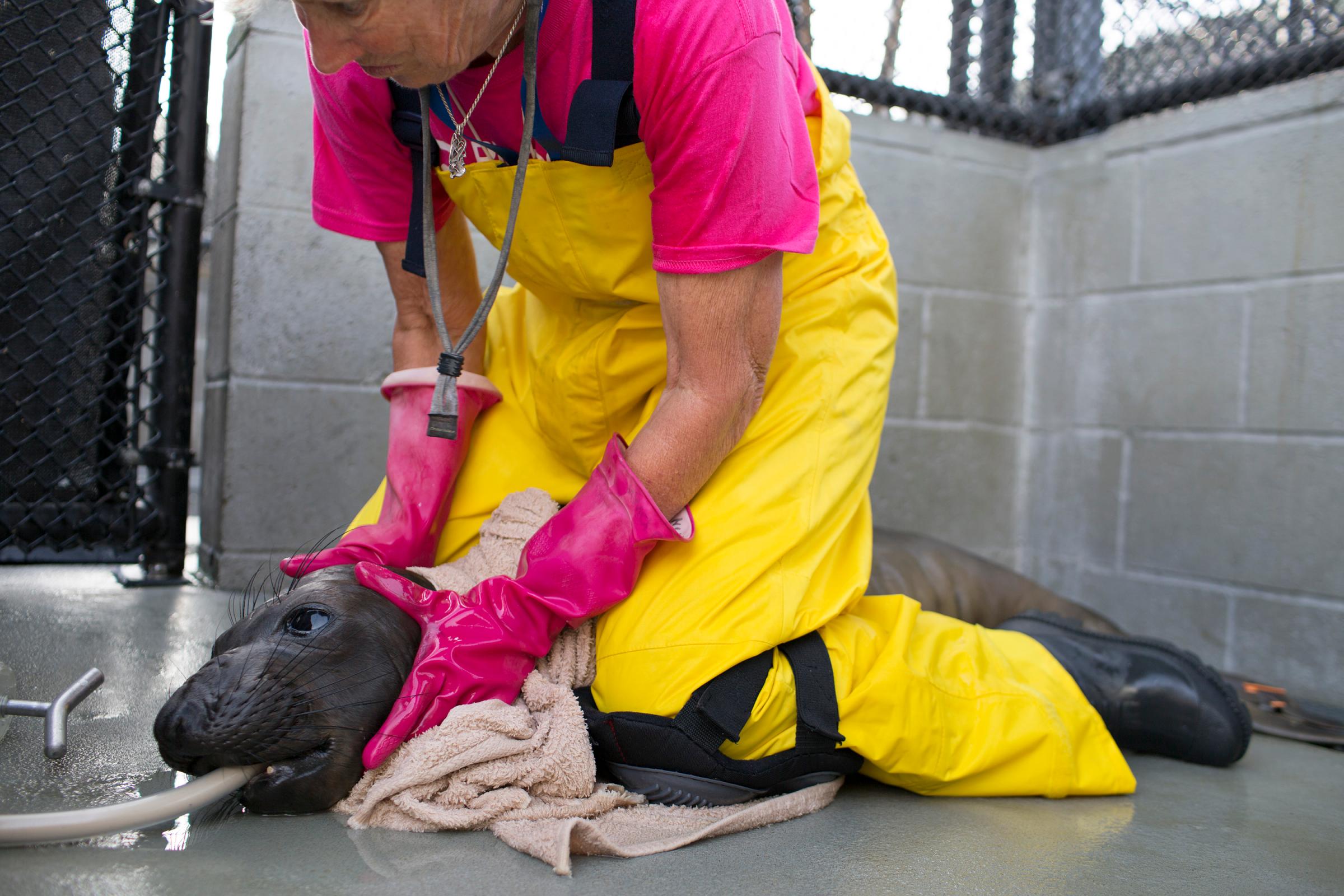
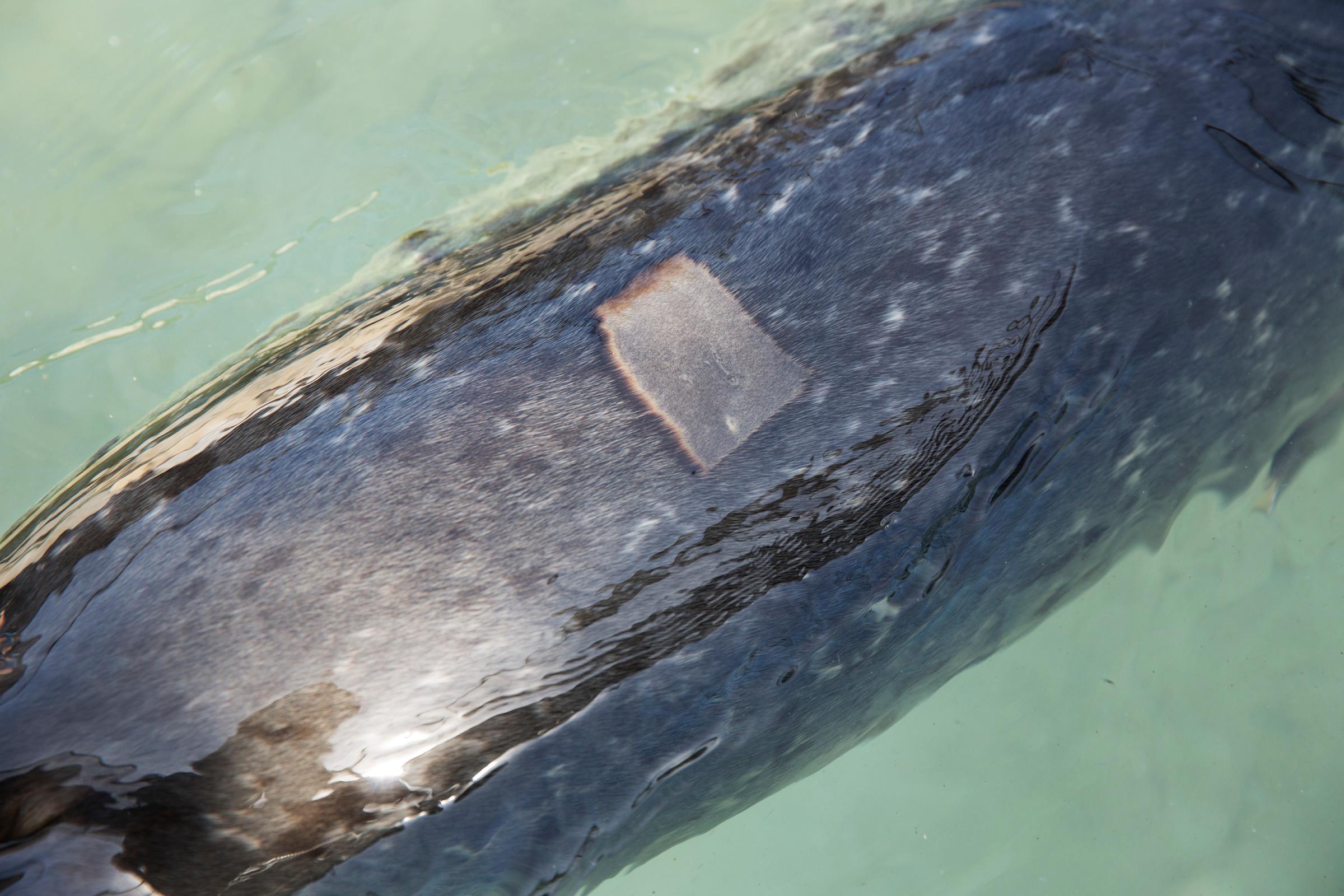
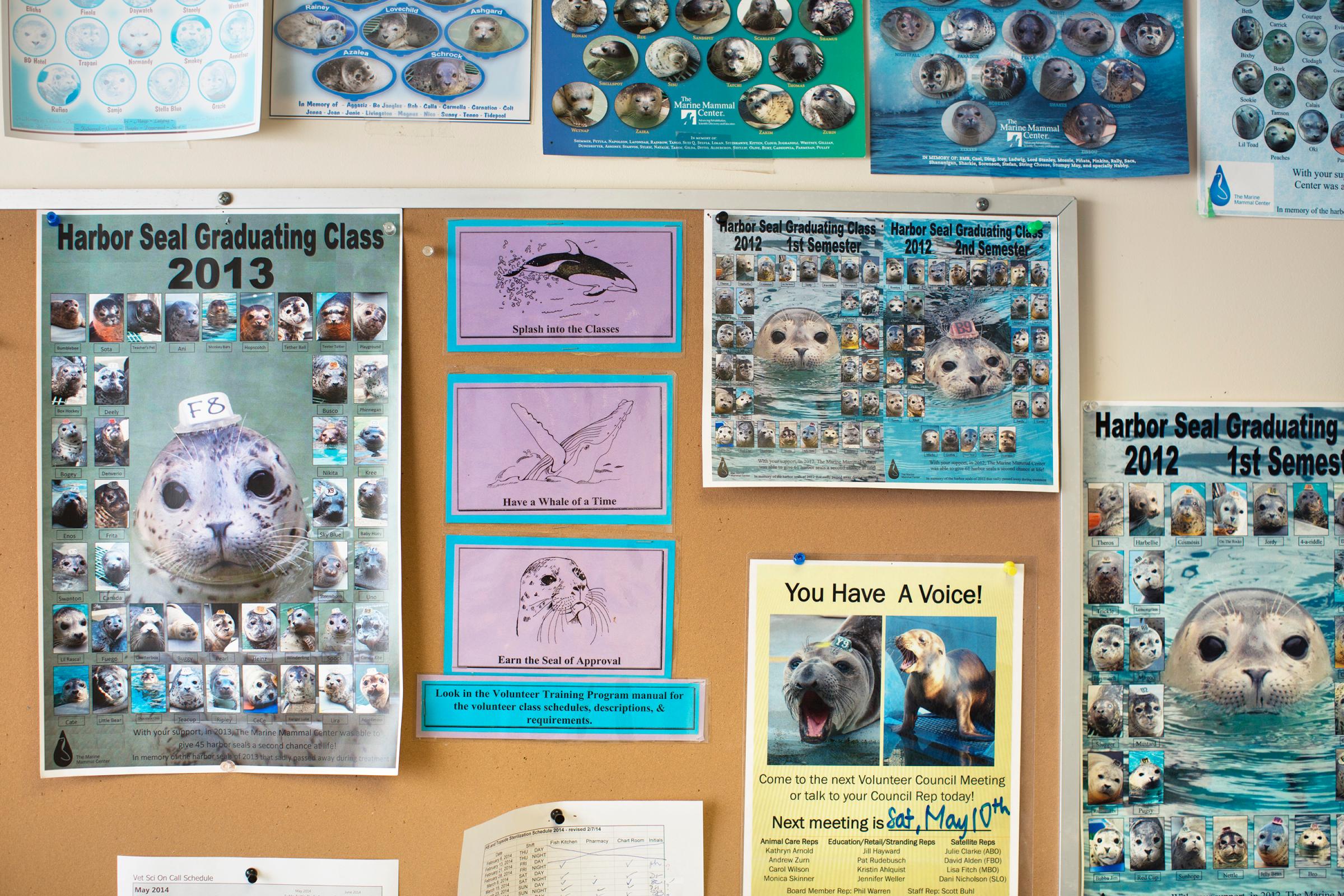
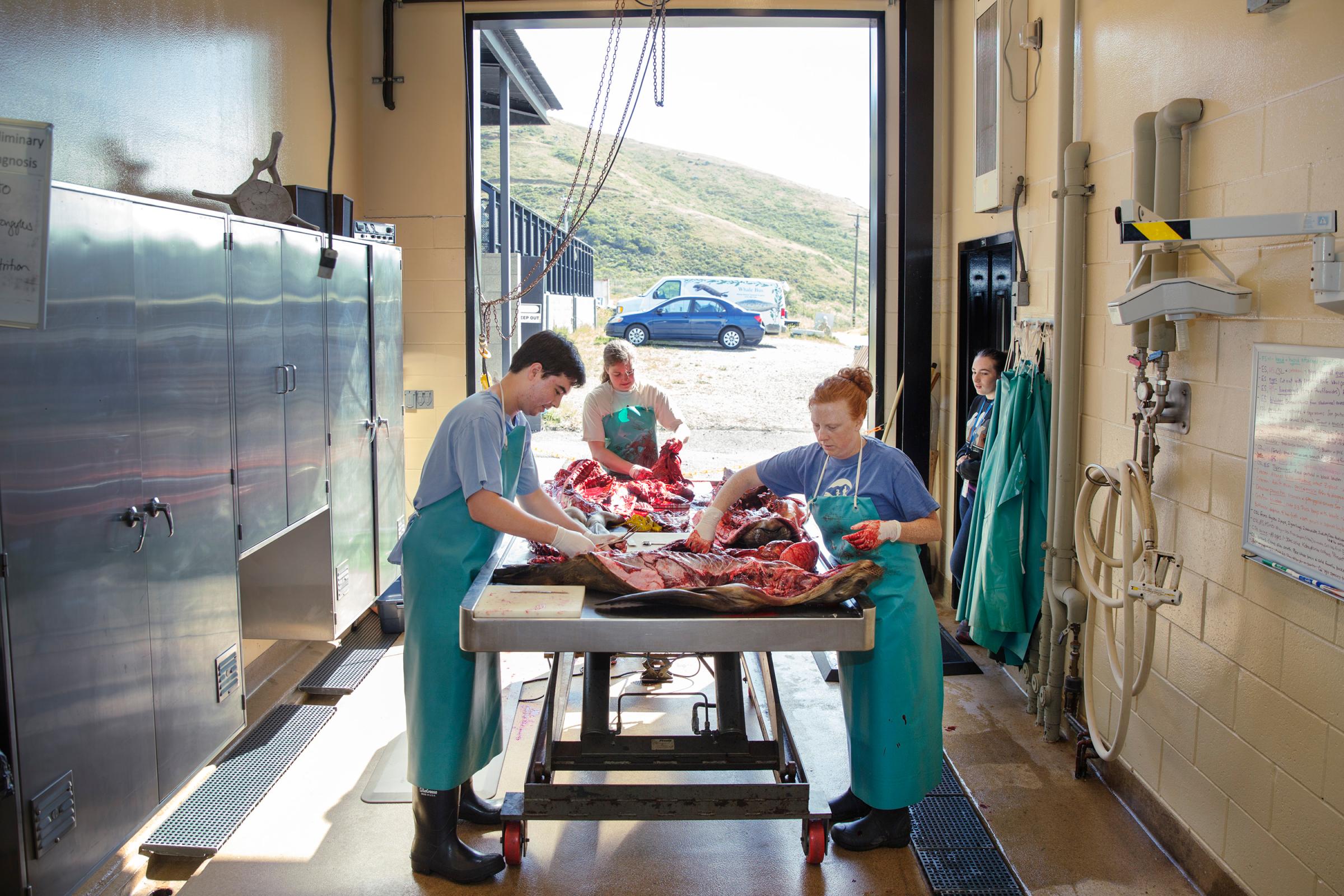
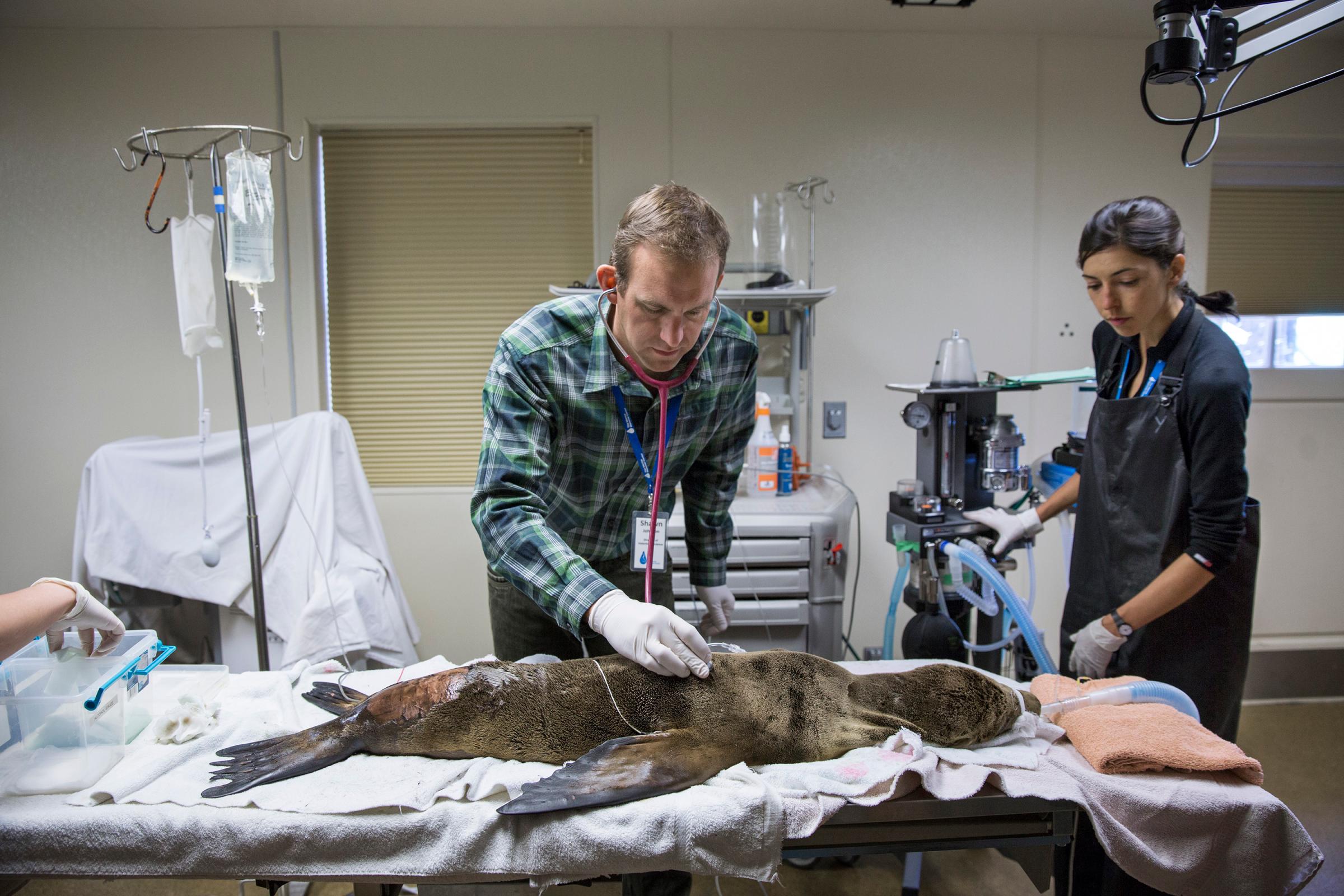
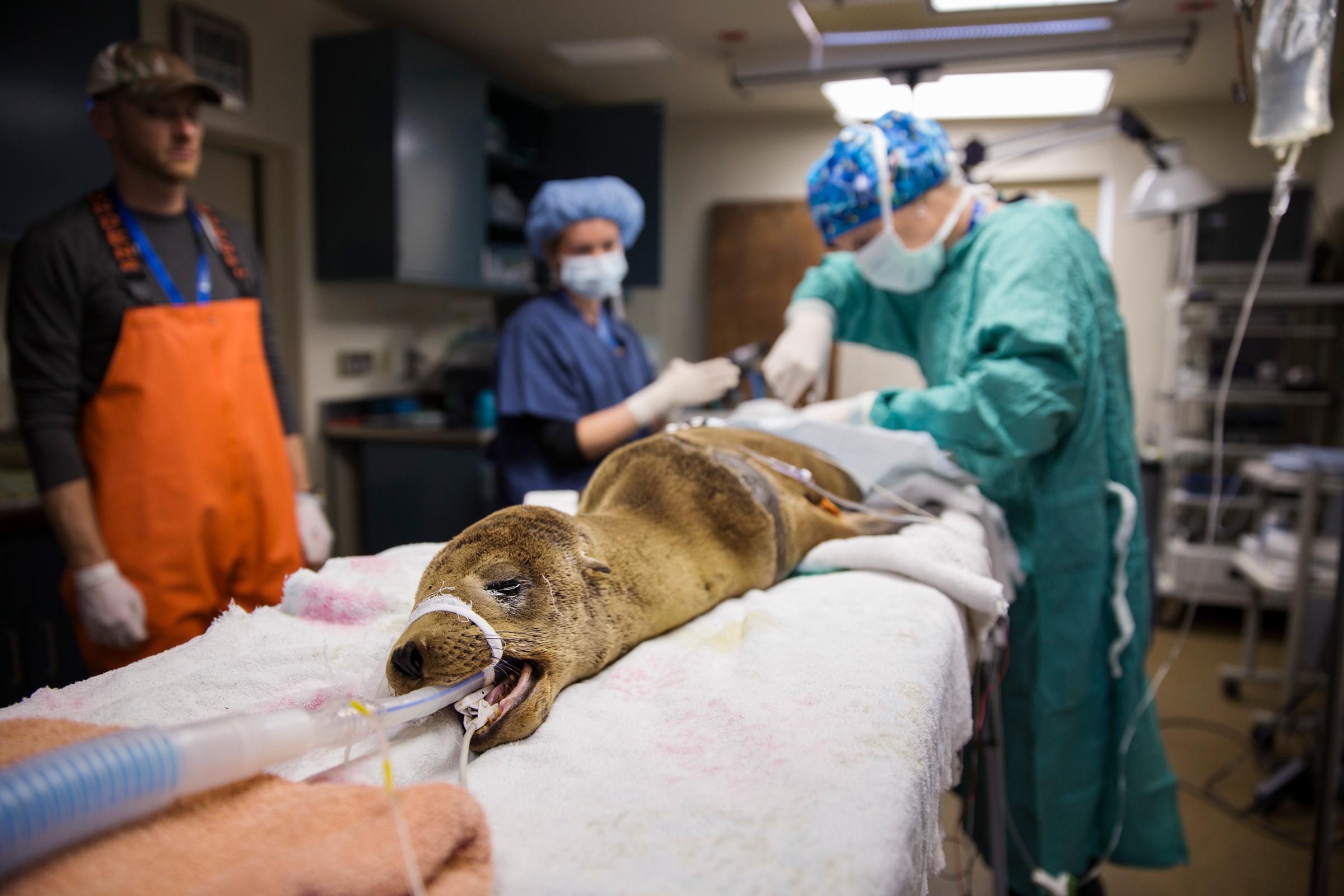
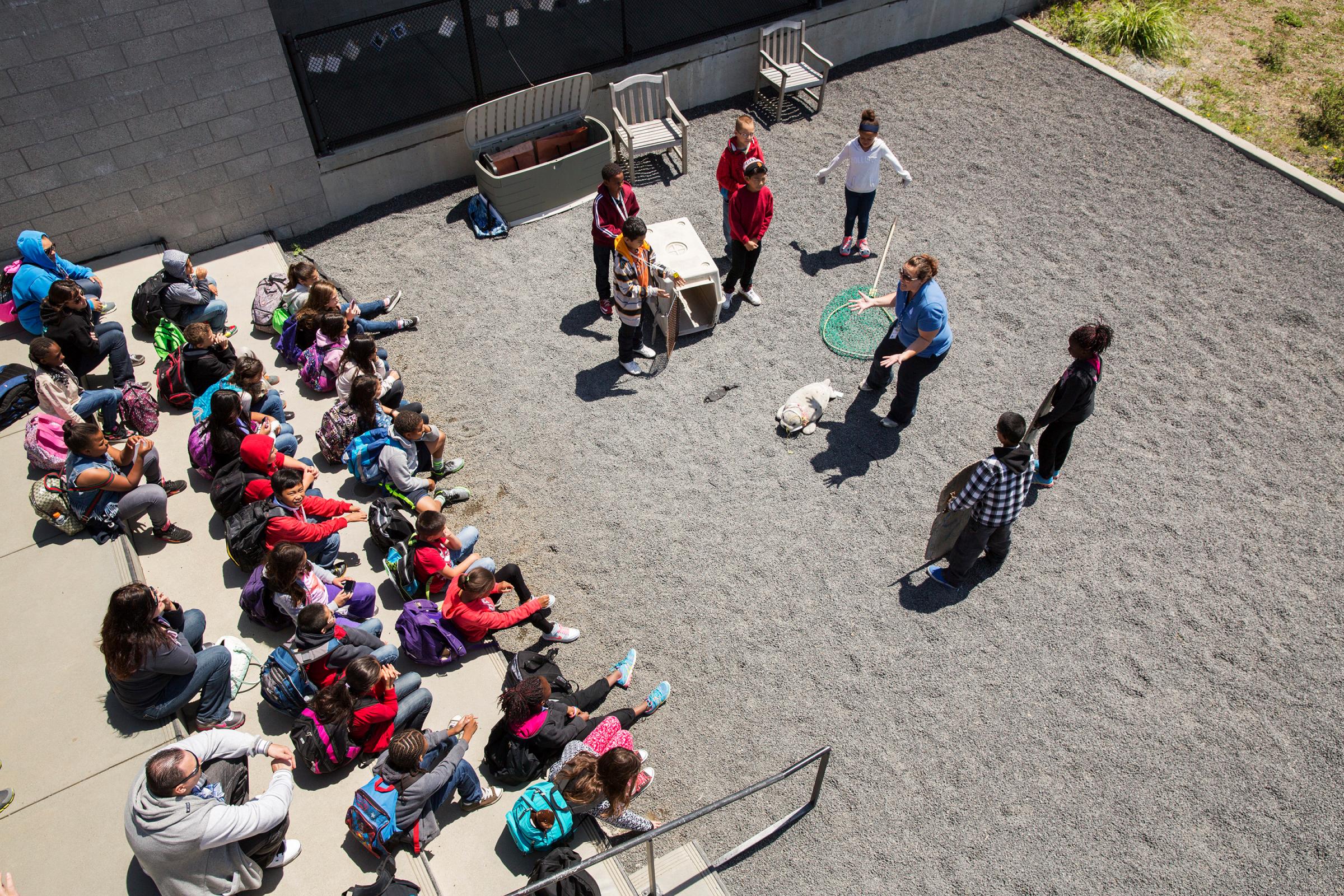
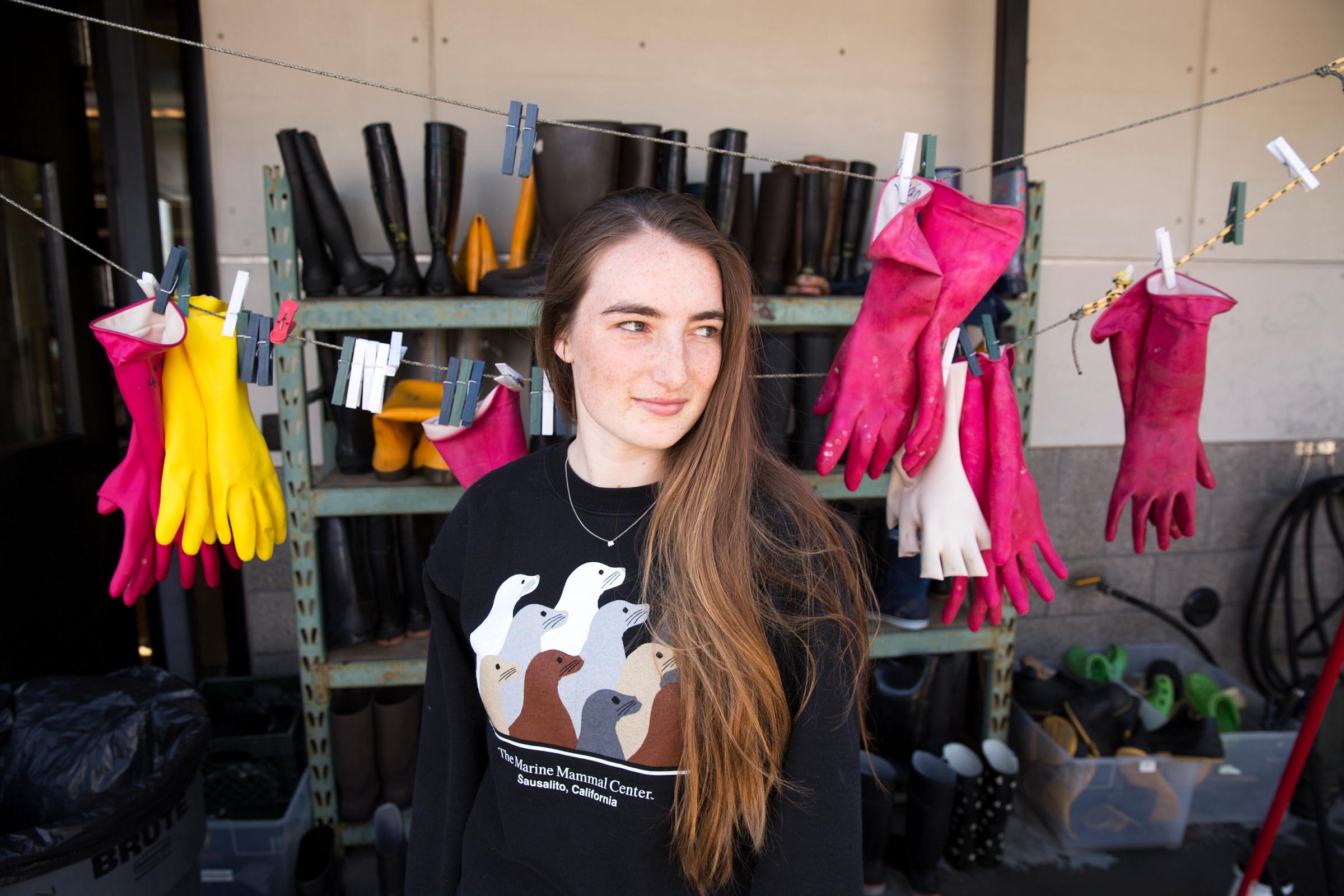

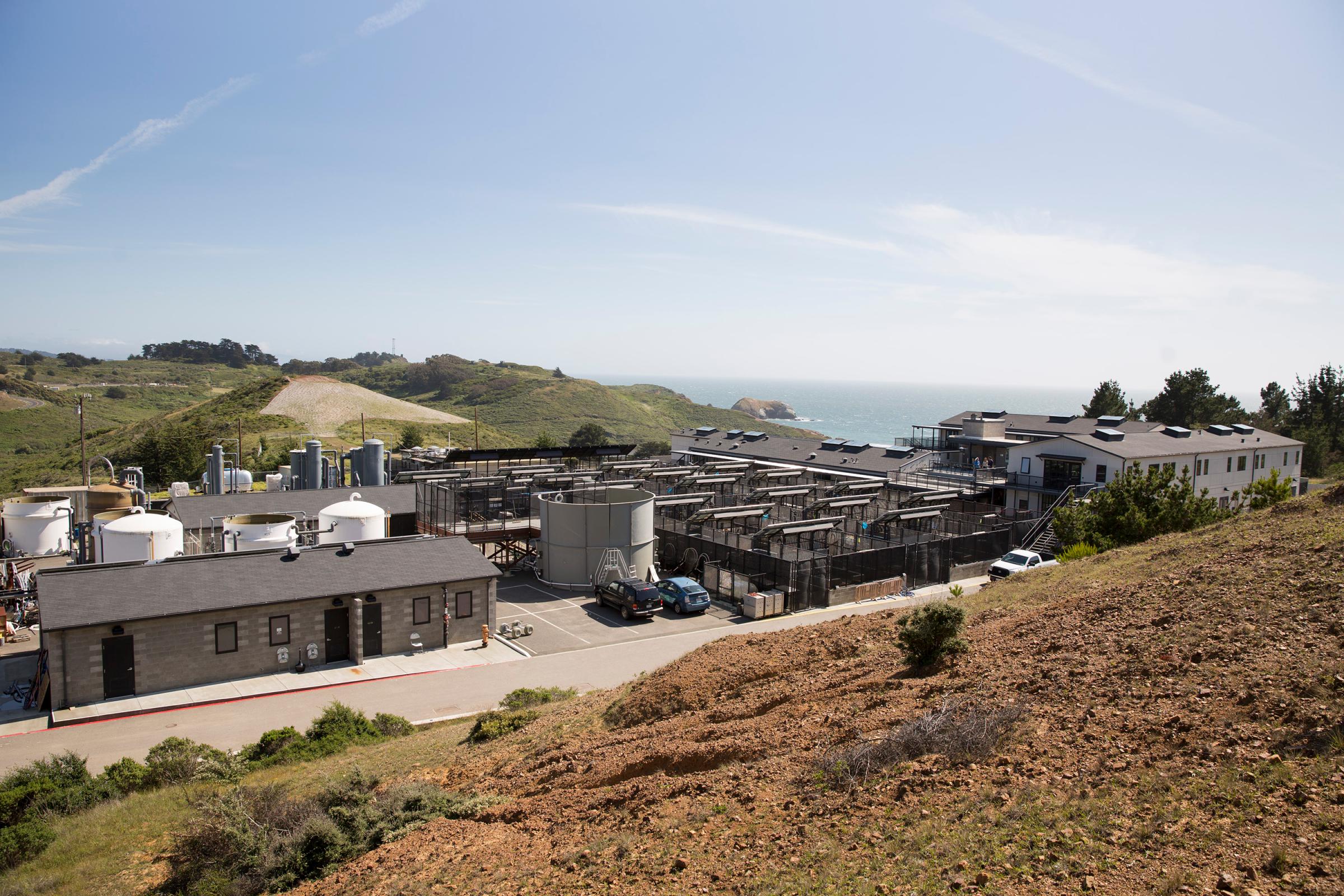
On a sunny, windy morning in the rolling hills outside San Francisco, a pickup truck parks on what was once a missile site for the U.S. military. In the bed of the truck is a big white crate holding a little sea lion pup, an animal about half the size he should be, shaking with weakness. Pacheco—named for the road that runs by the stretch of nearby Ocean Beach where members of the public found the animal stranded—is the newest “patient” at the Marine Mammal Center. But, like nearly half of the other animals who arrive there, he might not be at the center long. “You can see his backbone,” says Shawn Johnson, director of veterinary science. “He’s not surviving.”
The Marine Mammal Center, situated in part of the Golden Gate National Recreation Area, is the largest rehabilitation facility of its kind, and Pacheco is the latest in a record number of patients who have been delivered to their door this year. “It was like hitting a wall,” Executive Director Jeff Boehm says of the swell that started this spring. “The animals hit us fast and furious.” The influx of nearly 500 ailing sea lions, elephant seals and harbor seals is straining the resources of the non-profit Center. But it’s also providing opportunities to learn more about diseases that affect seals, sea lions—and land animals like humans.
Many of the patients currently in the care of the center’s 50 staff members and 1,100-member volunteer network are pups like Pacheco. In a normal year, the veterinarians might see 20 California sea lion pups who are malnourished and undersized. Since the beginning of this year, they’ve already treated around 100. “There’s a disturbance in the ocean right now,” says Johnson. “For some reason, they’re being abandoned by their moms.”
Each summer, such pups are born in the Channel Islands, a string off the southern coast of California, where they’re reared for nearly a year. The islands are hundreds of miles from San Francisco, which is why pups like Pacheco “shouldn’t be here,” as Johnson puts it. His best theory is that something is causing a food shortage, and so the mothers, unable to feed themselves, are deserting their offspring in search of food elsewhere. The pups then set out on their own, but they’re too inexperienced and weak to reach foraging grounds, eventually getting swept off course and washing up in places like Ocean Beach, sick and starving.
That’s just a theory for now, but the center is piloting a project that could help provide answers. The Marine Mammal Health Map will standardize data from all the marine mammal rehab facilities that care for stranded animals along America’s coasts—cataloging where the animals appear and how they’re diagnosed—and then overlay that information with oceanographic data already being collected by the government. That could allow experts to link patterns in strandings to temperature changes or ocean swells or the spread of toxins in the sea.
The Marine Mammal Center is part of a national stranding network set up by the Marine Mammal Protection Act. The legislation was passed in 1972 after marine animal populations had been decimated by human hunters. Elephant seals, who fill the air at the center with their signature bleats and who can weigh more than 5,000 lbs. (2,267 kg) when fully grown, were once killed for fat that was used in perfume and candles. Sea lions, who traipse around the center’s pens on their rotating front fins, were once fed to pigs because they were high in fat and easy to catch. The center was established nearly 40 years ago by a few volunteers who first tried to rehabilitate stranded marine mammals in kiddie pools. It has since grown to inhabit a $32 million complex with high-tech water filtration systems and on-site labs; veterinarians and students from around the world come there to learn about the animals. On the day Pacheco arrived, medical staff from New Zealand and Chile helped perform a procedure on a sea lion named Coco Max, whose rear flipper had swollen to twice its normal size after a bite became infected.
Sometimes that research can lead to surprising breakthroughs for humans. One toxin Johnson and his team have identified among their current patients is domoic acid. This toxin, a naturally occurring one found in algae, causes seizures among marine animals who have eaten small fish that have eaten algae blooms. In humans, domoic acid causes amnesic shellfish poisoning. Mussels filter the contaminated water through their systems, and when people eat the shellfish, the toxin can cause brain damage and memory loss. But government officials and researchers didn’t start scouring West Coast waters for domoic acid until scientists at the Marine Mammal Center identified it as a cause of a mysterious seizure outbreak among California sea lions in the late 1990s. Their discovery “led to a huge amount of research about how [amnesic shellfish poisoning] occurs, how to protect humans, a whole new department of public health,” says Johnson.
The vast majority of the center’s animal patients can’t eat or are so young they never learned how to swallow a fish whole. Volunteers blend “fish milkshakes”—made of high-fat herring, fish oil and water—that medical staff pump into the stomachs of the animals until they can be trained in “fish school” to chase and eat herring on their own. With their pens full, the Marine Mammal Center is currently grinding through 1,000 lbs. of fish per day, at a cost of $1 per pound.
And many of the patients won’t make it. Last year, about 60% of the animals admitted to the Marine Mammal Center were eventually released back into the wild. Many of the lost had cancer, or were simply too far gone from starvation by the time they were found. Even the success stories can be colored by tragedy. A sea lion named Silent Knight was found listless on a beach in Sausalito four years ago; when he was brought to the center, the veterinarians determined that he had been shot in the head, a too common practice among fisherman frustrated by the animals interfering with their catches or simply bored shooters on the beach. Though the wounds didn’t kill Silent Knight, they did blind him, and the animal couldn’t be released back into the wild. Happily, the San Francisco Zoo made a home for him instead.
That’s the kind of salvation story that employees try to impress on the 100,000 people, many of them school children, who visit each year—and whom the center might eventually depend on for donations in busy times. Right now, staff are anticipating that they might be grappling later this year with a possible El Nino, a period of abnormally warm ocean temperatures that can affect weather around the world. That could mean more storms that separate mothers from their young and less fish for marine mammals to eat. Altogether, that means busy times in the Marin Headlands. But the staff is hoping that as their research advances, they’ll be able to figure out a way to keep sea lions and seals from becoming patients in the first place. “That’s the goal,” says wildlife veterinarian Glenna McGregor. “To put this place out of business.”
More Must-Reads from TIME
- Cybersecurity Experts Are Sounding the Alarm on DOGE
- Meet the 2025 Women of the Year
- The Harsh Truth About Disability Inclusion
- Why Do More Young Adults Have Cancer?
- Colman Domingo Leads With Radical Love
- How to Get Better at Doing Things Alone
- Michelle Zauner Stares Down the Darkness
Contact us at letters@time.com